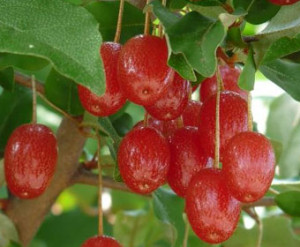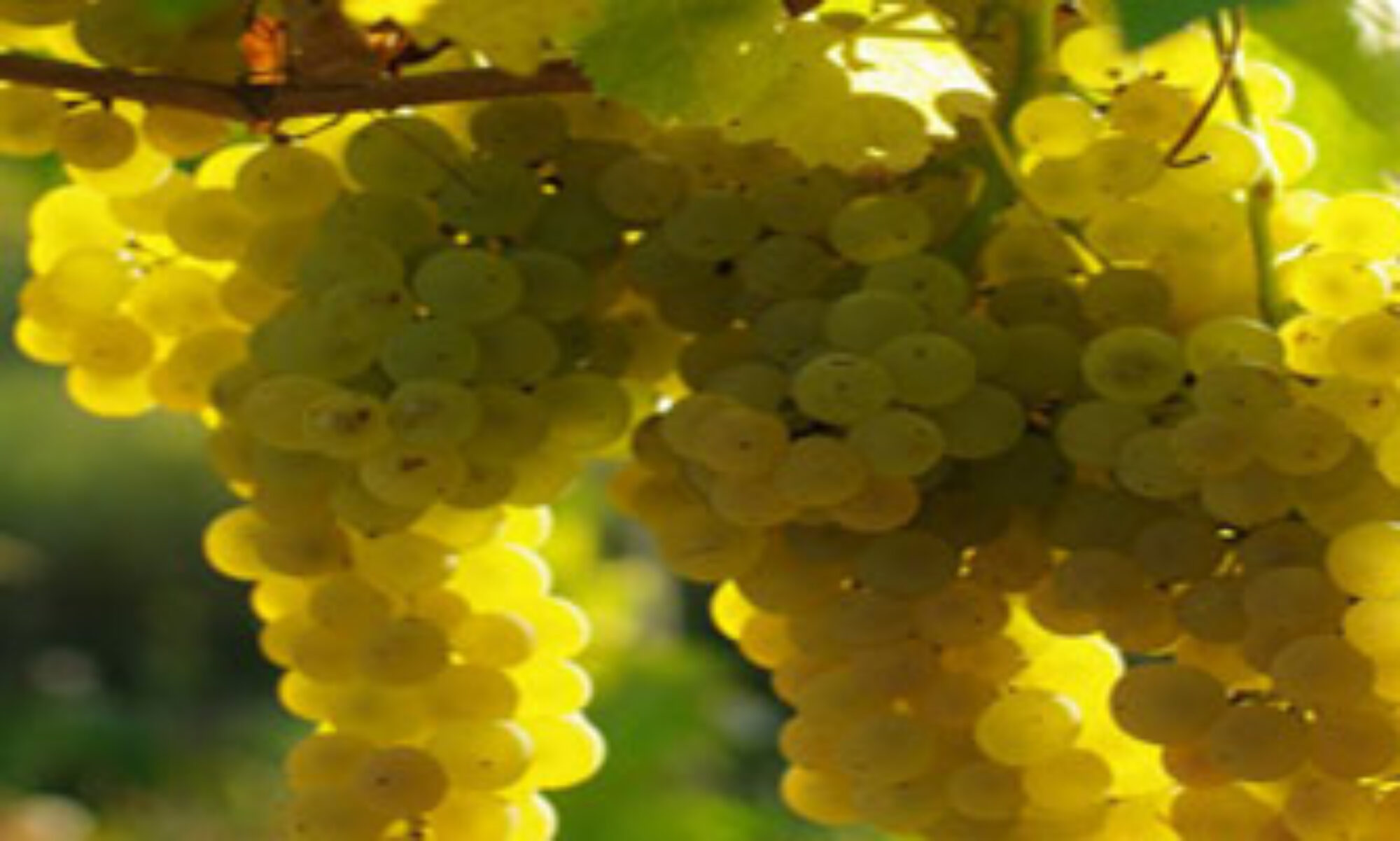-15 to-20 ° C
4 / 4 m
in the shade, mi – o, and even in direct sunlight. (table different elaeagnus at the end)
PERSISTENT, mature fruit in April-may
sometimes prickly branches (see table), often leaves yellow in their centre.
all soils, even poor and even drought and salt (sea), except another elaeagnus cordifolia which does not tolerate limestone. Succeeds when planted under trees that have become bare at the base (75), it is even a good neighbour because it sends the nitrogen from the air into the ground!

Fruit – raw or cooked[105, 177]. The fruit is oval about 15 mm long[200]. The size of a large blackcurrant, but the seed is large enough[K]. A lovely flavor tart to full maturity, but if eaten before astringent[K]. Can be made into preserves, drinks etc. [183]. Seed – raw or cooked. The taste recalls vaguely peanut[K]. The seed contains 42.2% of proteins and 23.1% fat-based zero humidity[218].

The fruit of many members of this genus is a source rich in vitamins and minerals, particularly vitamins A, C and E, flavonoids and other bio-active compounds. It is also a fairly good source of essential fatty acids, which is quite unusual for a fruit. It is studied as a food that is able to reduce the incidence of cancer and also as a means to halt or reverse the growth of cancers[214]. The leaves and stems are used in the treatment of asthma, cough, diarrhea, hemorrhoids, etc. [147, 218]. The seed is used to treat acute watery diarrhea[218]. The root is astringent and is applied on wounds, itching of the skin, etc. [147, 218].
Details of culture:
Succeeds in most soils that are well drained[11, 200]. All PH except extremely alkaline soils[202]. Prefer a soil that is infertile, succeeds in poor soils and dry soils[11, 200]. It grows well in heavy clay soils. Highly resistant to drought and shade[200]. Tolerate maritime exposure[75]. Plants are Hardy to about-15 ° C[200]. This is a potentially valuable fruit, fruiting as it does in April and may[K]. There are a number of named varieties a[200, 202]nd there are so many possibilities to improve the size and quality of the fruit by selective breeding. This species is particularly resistant to fungi[88, 200]. The small flowers have a sweet aroma and spiciness. Closely related to e. glabra[11]. This species has a symbiotic relationship with certain soil bacteria, these bacteria form nodules on the roots and fix atmospheric nitrogen. Some of this nitrogen is used by the plant growing, but some may also be used by other plants growing nearby[200]. A great companion plant when grown in orchards, it can increase the yield of fruit trees up to 10%. fragrant flowers
Multiplication
Seed sown preferably from the harvest[78]. Germinates in 4 weeks or 18 month[K]s. Stored seeds may be very slow to germinate, taking often over 18 months. Warm stratification for 4 weeks followed by 12 weeks cold stratification can help[98]. Good success rate[78].
Mi-murs wood cuttings, 7-10 cm with a heel, July / August. Good percentage[78]. It is better to take the cuttings in June[202]. Cuttings of mature wood of the growth of the current year, 10-12cm with a heel, November. Leave for 12 months. Fair to good percentage[78]. Layers in September / October. It takes 12 month[78]s.
Right column: comparison with other elaeagnus: for example, e. angustifolia is deciduous
|
||||||||||||||||||||||||||||||||||||||||||||||||||||||||||||||||||||||||||||||||||||||||||||||||||||||||||||||||||||||||||||||||||||||||||||||||
